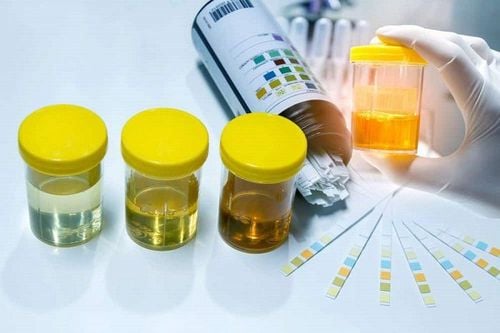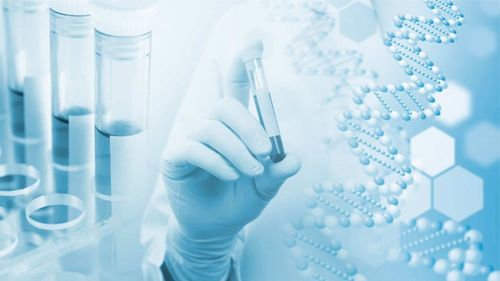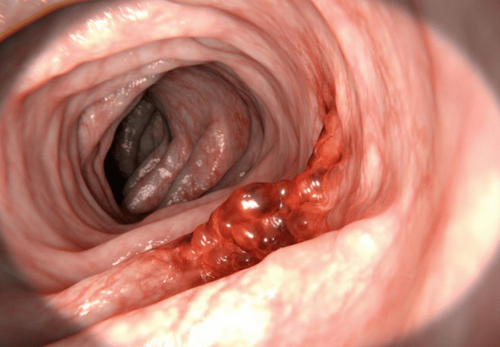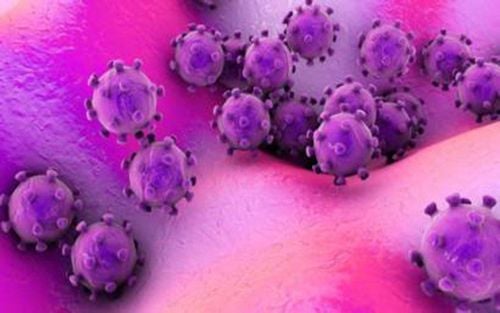This is an automatically translated article.
The article is professionally consulted by Master, Doctor Tran Thi Vuong - Doctor of Microbiology - Laboratory Department - Vinmec Hai Phong International General HospitalMicrobiological tests play an important role in the diagnosis and treatment of infections. How to take and preserve specimens for microbiological testing is the most important step to find the exact causative agent.
1. Regulations on how to take and preserve specimens for microbiological testing
Samples are best taken before antibiotics are used. If you are taking antibiotics, make sure to stop using them 24 hours before. Get the right infection site, avoid contamination from outside. Take the right period of the disease, when the bacteria are most present at the specimen collection site. Take the required number of specimens. Collect specimens into appropriate and sterile instruments. These instruments are provided by the laboratory. Specimens must be labeled with the patient's name, age, department - room, substance to be tested, and date and time of specimen collection to avoid confusion. The test card must contain basic information such as: Full name, age, substance sent for testing, preliminary diagnosis, test request, date and time of specimen collection, test writer. Shipping is done as soon as possible, within 2 hours. In case of more than 6 hours, it should be stored in an environment such as Stuart's, Amies, Cary & Blair... Store at a suitable temperature.
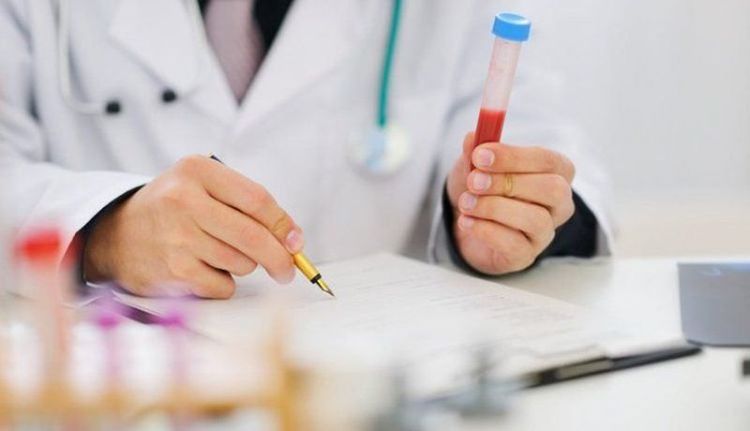
Bệnh phẩm cần phải ghi rõ thông tin bệnh nhân để tránh nhầm lẫn
2. Methods of taking samples
2.1 Culture of pus and fluid Indicated in the following cases: Abscess, infected wound, secretions in the abdomen, pleura, pericardium, joints. Cerebrospinal fluid in case of suspected meningitis, encephalitis. In case the abdominal cavity has ruptured (including open wounds with pus): wipe the surrounding healthy skin with 70o alcohol, wipe the pus with sterile gauze soaked in sterile physiological saline, then use a sterile cotton swab to take samples. , put that cotton swab into a sterile tube or a sterile test tube and send it to the microbiology laboratory. In case of a closed pus hole in a deep location, such as collecting cerebrospinal fluid, membrane fluid, the principle of aseptic should be followed: Disinfect the skin. with alcohol 70o, wait to dry and then use a sterile needle to aspirate pus or fluid (this technique is performed by the clinician). Use a sterile test tube with a cotton stopper, then send it to the microbiology laboratory as soon as possible. 2.2 Throat fluid Indications: Patients with pharyngitis, tonsillitis thought to be caused by bacteria Sampling: For patients to sit with their heads slightly tilted back, young children need adults to hold and open their mouths. The person taking the specimen uses a tool to press the patient's tongue to clearly show the inside throat, then uses a sterile cotton swab to wipe the 2 tonsils on both sides, and the back wall of the throat, touching the patient's tongue and cheeks. Put the swab in the tube with the cap and send it to the microbiology laboratory. 2.3 Nasopharyngeal fluid (pharyngeal fluid) Indications: Patients with pharyngitis, tonsillitis, laryngitis, tracheobronchitis, bronchopneumonia, pneumonia (usually applied to young children due to inability to cough up sputum) Sample: Have the patient sit with his or her head slightly tilted back, small children are held by an adult. The person taking the specimen with one hand supports the patient's neck, the other hand gently uses a soft cotton swab, pushing and rotating, going deep into the patient's nostrils, the distance of the swab inserted is 1⁄2 the distance from the patient's nose. earlobe to the tip of the nose. When the cotton swab touches the back wall of the nose, rotate it, and then slowly pull the swab out. Put in a sterile vial and transfer to the microbiology department immediately. 2.4 Sputum: Tracheal aspiration, bronchial aspiration, sputum expectoration. Indications: Suspected pulmonary tuberculosis, Sampling: It is best to collect sputum in the early morning when the patient has just woken up, after brushing teeth, rinsing mouth. Sputum into a sterile container with a lid. Instruct the patient on how to cough up phlegm as follows: The first two times take a deep breath in, hold your breath for a few seconds, and exhale slowly. For the third time, take a deep breath in, hold your breath, and then quickly expel it out of your mouth. The fourth time, take a deep breath in and cough forcefully into the sputum vial. The elimination of tuberculous bacilli is cyclical in nature. Therefore, in case of suspected pulmonary tuberculosis and negative result, sputum examination should be performed for 3 consecutive days.
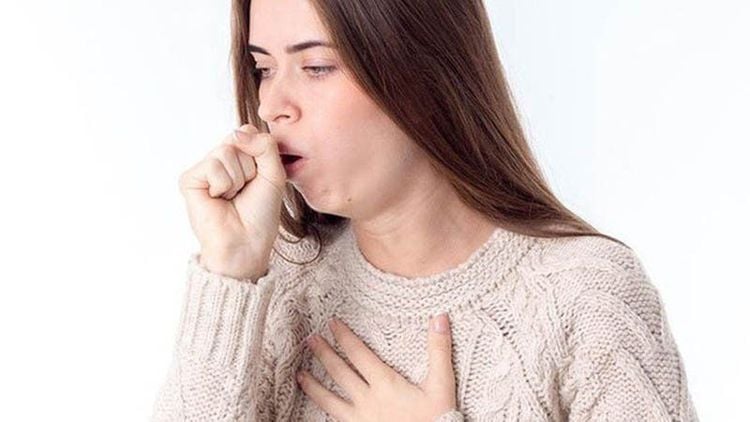
Lấy bệnh phẩm đờm tốt nhất là vào sáng sớm khi bệnh nhân vừa ngủ dậy
2.5 Blood culture Indication for blood culture: Patients with suspected sepsis The best time for blood culture: Before the patient takes antibiotics, when the patient has chills, fever, blood cultures can be repeated several times: 2 times per day. first hour. Blood collection: Venous blood collection: Disinfect the skin with alcohol 70o, Blood volume collected: Adults 8-10ml (blood culture bottle). Children usually take 3-5ml (blood culture bottle). Replace the needle tip before injecting blood into the bottle and tube to avoid bacterial superinfection from the patient's skin. Pump blood into the tube above the alcohol lamp flame. 2.6 Urine culture Indications: Suspected urinary tract infection. Urine collection for common pathogens Sampling: Early morning midstream collection, catheter collection, suprapubic aspiration urine collection. The patient fasted for 2 hours before. Then wash the external genitals with soap. Finally urinate into a sterile wide-mouthed vial. It should be noted that the first part of the urine is removed, only the middle urine is collected. Do not collect urine through the potty. After collecting urine, it must be sent to the laboratory immediately. If the patient has not been sent, it must be stored at 2 - 4°C, not more than 2 hours. 2.7 Genital secretions Men: Collect pus from the urethra in the morning before urinating by inserting a sterile cotton swab 2-3 cm deep into the urethra, rotating and leaving the swab in it for a while and then withdrawing. cotton swab out. Females: Use the speculum to insert deep into the vagina, rotate horizontally and widen the speculum to see the cervix. Observation of the cervix, specimens were taken from the urethra and cervix, possibly from two Skene glands and two Bartholin glands. Insert a sterile swab or implant into the cervix, then rotate the swab for a while to allow the oozing or pus to soak into the swab. Therefore, the collection of specimens should be done in the laboratory or in a storage environment. 2.8 Stool Poop can be obtained: By cotton swab, catheter, potty. Stool sampling: Choose a place where the stool has symptoms of mucus, blood, white pig... Then use a cotton swab to take a 0.5 gram amount of stool (equivalent to the knuckle of your little finger). Send specimen to laboratory within 2 hours. Microbiological tests are important in the diagnosis and treatment of infections. Customers wishing to register for microbiological testing at Vinmec International General Hospital can directly go to Vinmec Health System nationwide for examination or contact the hotline HERE for support.
MORE:
What is a microbiological test? Purpose of microbiology test The microbiology of the gastrointestinal tract





